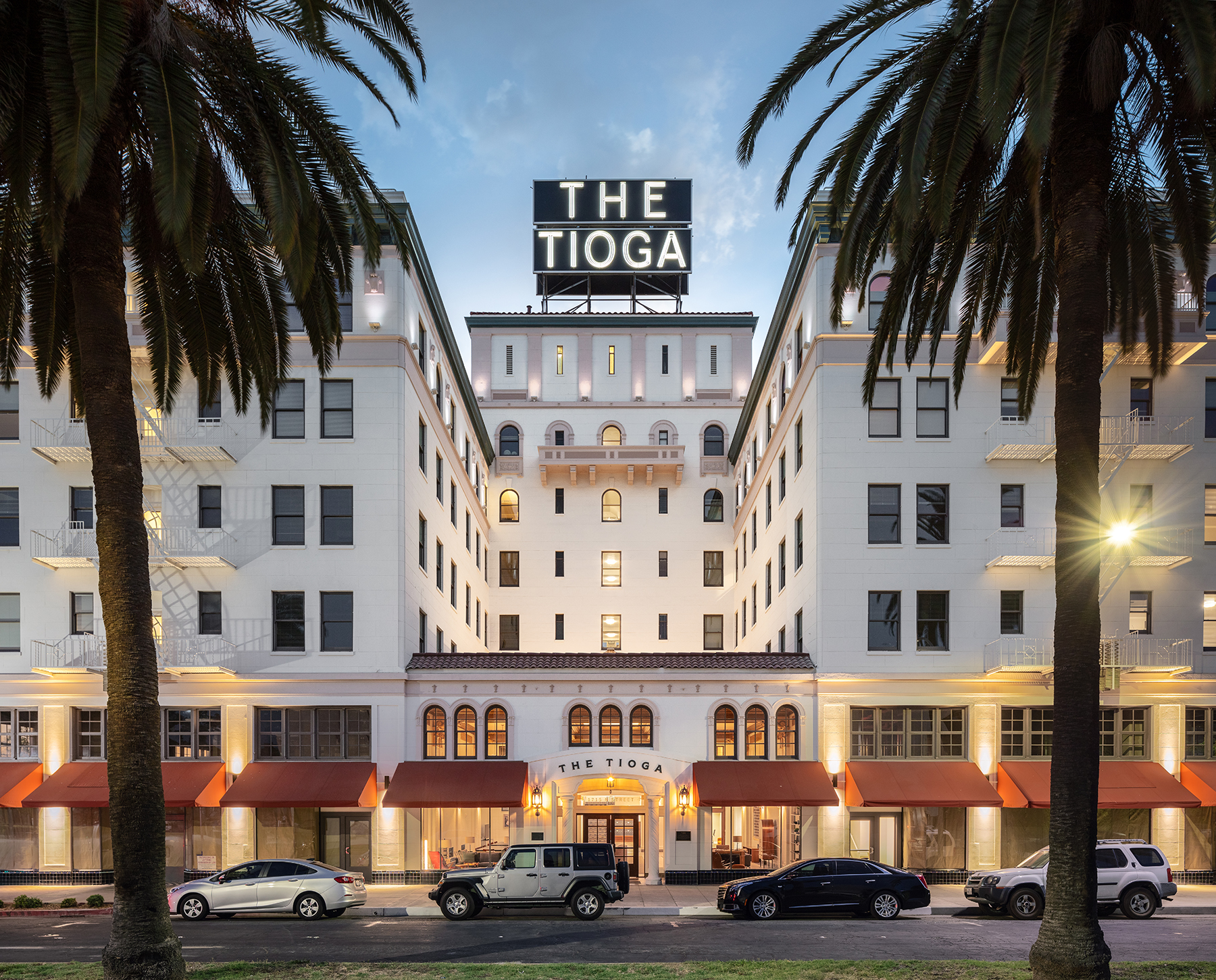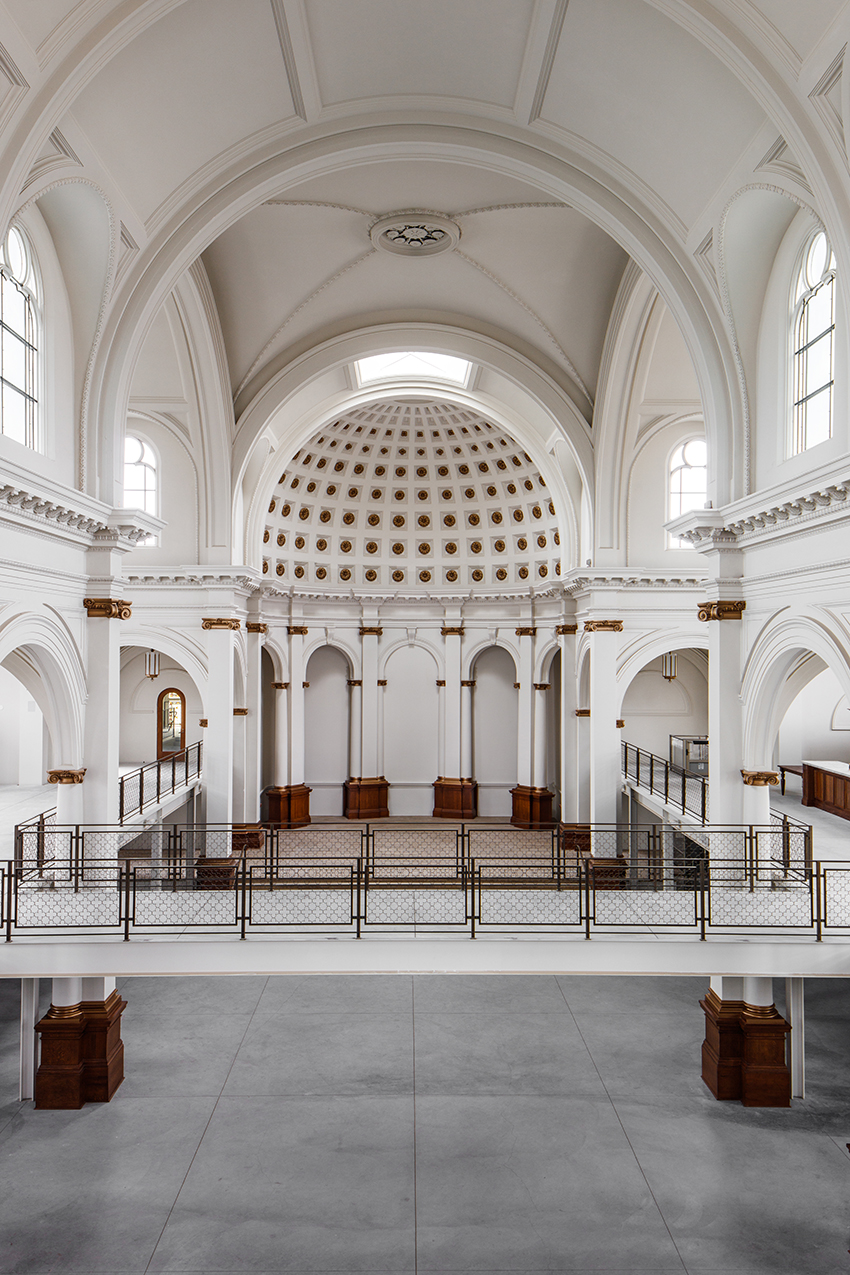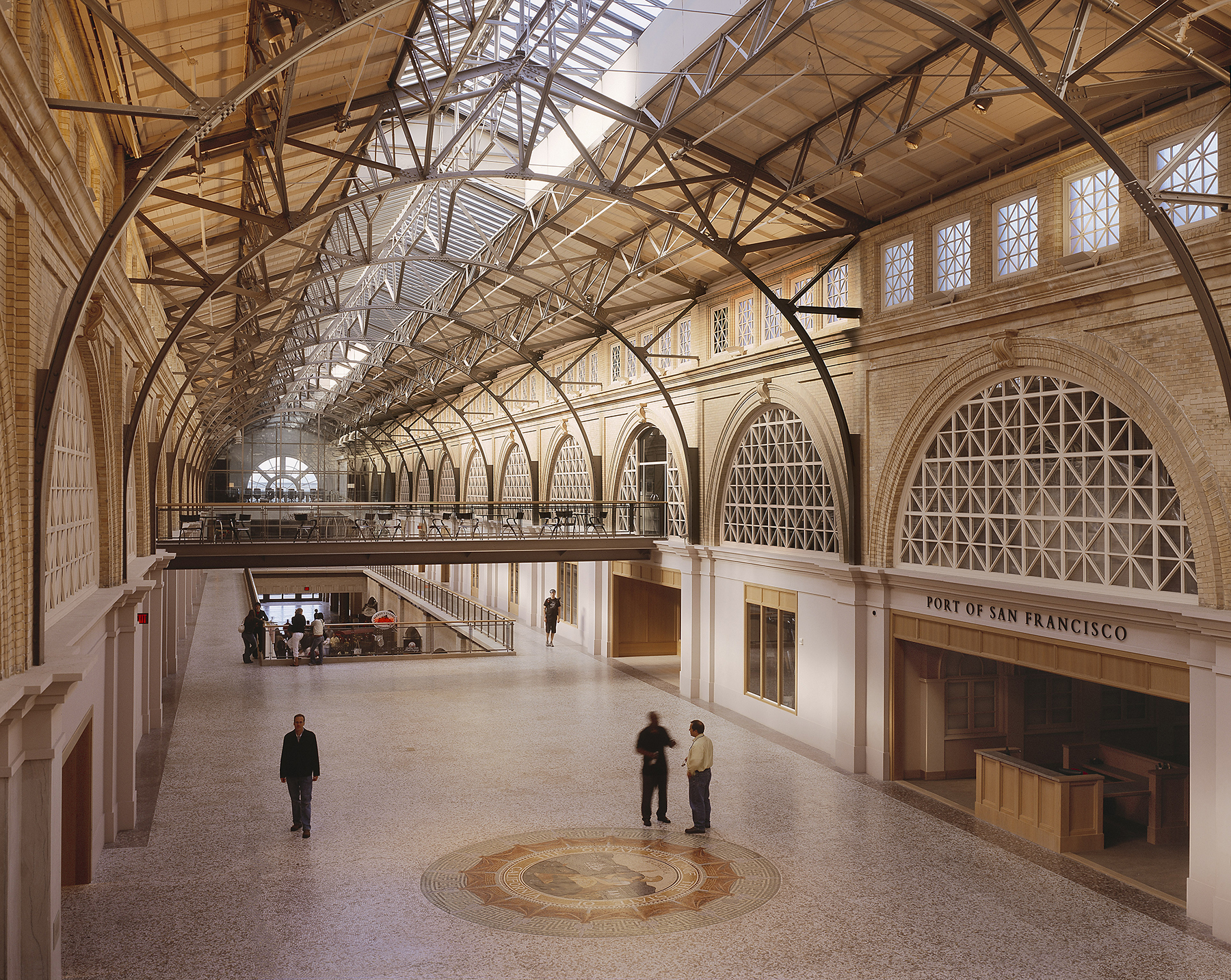By Jay Landers
Federal and state tax credits for rehabilitating historic structures have been found to help revitalize communities, create jobs, and preserve important historic resources. This summer, California funded its new historic tax credit program, making it one of the latest states to offer tax credits for the rehabilitation of historic buildings. Along with boosting preservation efforts in the Golden State, the move is expected to encourage the development of more affordable housing and improve the resilience of historic structures in general.
The federal model
Administered by the National Park Service and the IRS, the Federal Historic Preservation Tax Incentives program provides a 20% income tax credit for the rehabilitation of historic income-producing buildings. Commonly known as the federal historic tax credit, this credit is based on qualified rehabilitation expenses, which essentially amount to “any dollar that’s put into the rehabilitation of a (historic) building,” says Carolyn Kiernat, AIA, a principal for Page & Turnbull Inc., a California-based architecture firm that specializes in historic preservation. Such expenses include construction costs as well as fees for architectural and engineering services.
The federal tax credit provides a major incentive for developers looking to rehabilitate historic structures, Kiernat says. “It’s really a big, big credit,” she notes.

Depending on the state, the historic tax credits “vary considerably,” Sprague says. “Some states have incentives that are more robust than the federal credit, while other states place caps on how much credit will be issued for any given year,” he notes. By comparison, the federal government places no cap on the amount of historic tax credits that may be claimed.
According to data provided by the National Trust, in addition to Washington, D.C., 11 states do not have historic tax credits: Alaska, Arizona, Florida, Idaho, Nevada, New Hampshire, Oregon, South Dakota, Tennessee, Washington, and Wyoming.
Dual credit
In states that offer their own historic tax credits, developers may claim the federal and state credits, providing an even greater incentive to preserve historic buildings, Sprague says. The combined credits “can add up to significant savings in terms of paying for a building’s qualified rehabilitation expenses,” Sprague says.
“There’s been a very successful record of accomplishment over the 40 years that the federal tax credit has been in place, especially as more and more state historic tax credits have come online,” Sprague says. “To date, more than 46,000 projects since the inception of the federal historic tax credit have been completed in all 50 states,” he notes.
Sprague says that 74% of such projects have occurred in economically distressed areas. In addition, “many of these locations are in predominantly minority census tracts, so there’s also an equity element to the benefits that historic tax credits bring to communities,” he says. “Historic tax credits, both at the state and federal levels, are proven incentives to revitalize communities and support job creation and small businesses.”
California’s credit
In 2019, Gov. Gavin Newsom signed legislation creating California’s historic tax credit, which allows up to $50 million annually in tax credits for qualifying costs associated with the rehabilitation of historic structures in the state. The program, which was scheduled to begin in January 2021, must be funded annually. However, the 2021-22 state budget that Newsom proposed that month included no funding for the program. Fortunately for historic preservation efforts, the state budget signed into law in July allocated the full $50 million for the first year of the five-year program.

Of the $50 million available from California’s historic tax credit program, $8 million is reserved for qualified rehabilitation projects that cost less than $1 million, says Cindy Heitzman, the executive director of the California Preservation Foundation. Another $2 million is set aside for projects involving the rehabilitation of historic structures that are residences. “I think the program is going to be very successful,” Heitzman says. “I think that the demand is going to outstrip the amount of the allocation.”
Similar to its federal counterpart, California’s program provides a 20% tax credit for qualified rehabilitation expenditures of certified historic structures. However, California “offers a 5% bonus for five types of projects,” Heitzman says. Specifically, a 25% tax credit is available for historic rehabilitation projects meeting any of the following conditions:
- Structures located on local, state, or federal surplus property or land.
- Structures that include affordable housing for lower-income households.
- Structures located in a designated census tract in which the rates of unemployment and poverty are within the top 25% statewide.
- Structures that are part of a military base reuse authority.
- Structures that are part of certain transit-oriented developments.
“This is meant to give an extra bump to some of these projects and to encourage development in these areas or these types of use,” Heitzman says.
Expected benefits
The added 5% tax credit could go a long way toward promoting the development of affordable housing in particular, Kiernat says. “It’s a really big deal,” she says. “It’s a huge incentive for a lot of affordable housing developers.” In some cases, developers may be able to combine the 20% federal tax credit and the 25% state tax credit. “If they pair that with a low-income housing credit, it’s really exciting to think where this could go (in terms of promoting affordable housing),” Kiernat notes.
At the same time, the new state tax credits are expected to help those engaged in smaller historic renovation projects, Kiernat says. Because of the costs associated with claiming it, the federal tax credit sometimes has been unavailable to those developing smaller projects, she notes. However, California’s set-asides for smaller projects help level the playing field. “You don’t have to be a huge developer now to take advantage of these credits,” Kiernat says.
What is more, California’s tax credits could help with efforts to make the state’s historic properties more resilient to seismic events and threats expected to worsen as a result of climate change, including wildfires and sea level rise. “We have a lot of natural forces impacting our historic resources,” Kiernat says, necessitating what often are costly improvements to preserve such resources. “These types of credits, I think, are really helpful in making our historic resources even more resilient,” she says.
As for the potential benefits of California’s new historic tax credit, the 2019 legislation (S.B. 451) establishing the five-year program lists the following “specific goals, purposes, and objectives” to be achieved by the tax credits, according to the law’s text: leveraging $287 million in private investment, creating 1,300 construction jobs and another 2,140 ongoing jobs, and creating $800 million in economic activity.
Areas currently lacking in investment particularly stand to gain the most from the expected benefits, Kiernat says. “When you start to imagine (the economic activity) being translated into some of our smaller, perhaps more economically depressed communities, it’s really exciting to see the vitality and economic improvement that can be brought to, say, some of our old Main streets,” Kiernat says.
Industry outlook
For engineers, historic rehabilitation projects in California afford the opportunity to work with the California Historical Building Code, says Jeff Caldwell, P.E., M.ASCE, the unit manager and associate principal for the Los Angeles office of the global engineering, architecture, and materials science firm Wiss, Janney, Elstner Associates Inc.

Within the construction industry, contractors that specialize in historic rehabilitation are expected to benefit in particular from the new state tax credits, Heitzman says. “I would imagine that there’s going to be more demand for their services,” she notes.
Regulations detailing the state’s new historic tax credit program are being developed by the California Office of Historic Preservation and the California Tax Credit Allocation Committee. The regulations are expected to be completed either by year’s end or in early January, and applicants should be able to begin filing for the tax credits in March 2022, Kiernat says.



